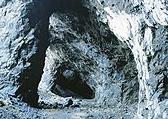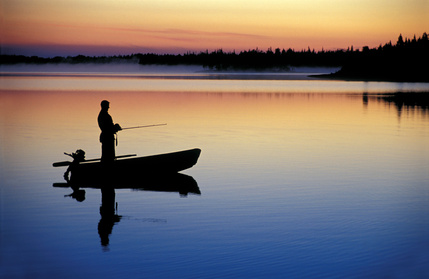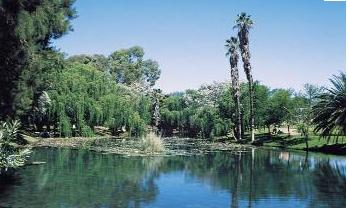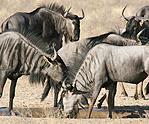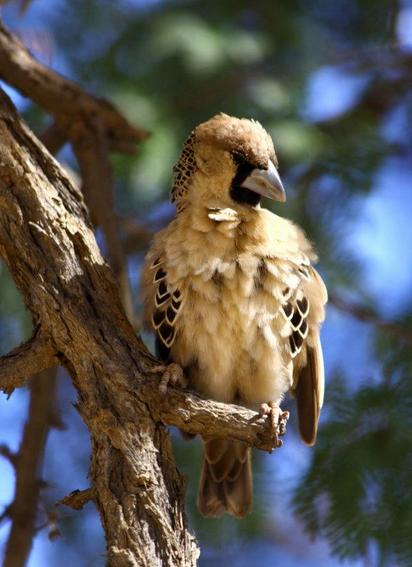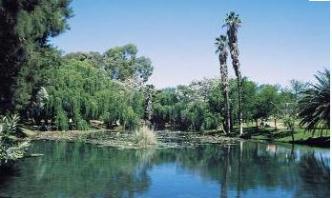Bird Sanctuary and Nature Reserve
Hotazel Rd. The bird sanctuary has a wetland area with plenty of grass, reeds and trees. There are about 115 different species of birds mainly from the duck, ibis and heron families. The 2 000 hectare Nature Reserve is situated on the northwest side of Kuruman.
A wide variety of indigenous game can be viewed including giraffe, eland, gemsbok, blue wildebeest, waterbuck, kudu, red hartebeest, zebra, sable antelope, impala, blesbok, springbok, ostrich, duiker, steenbok, black-backed jackal and caracal (lynx). The camel-thorn, wild sage and umbrella-thorn are the main tree species in the Reserve.
